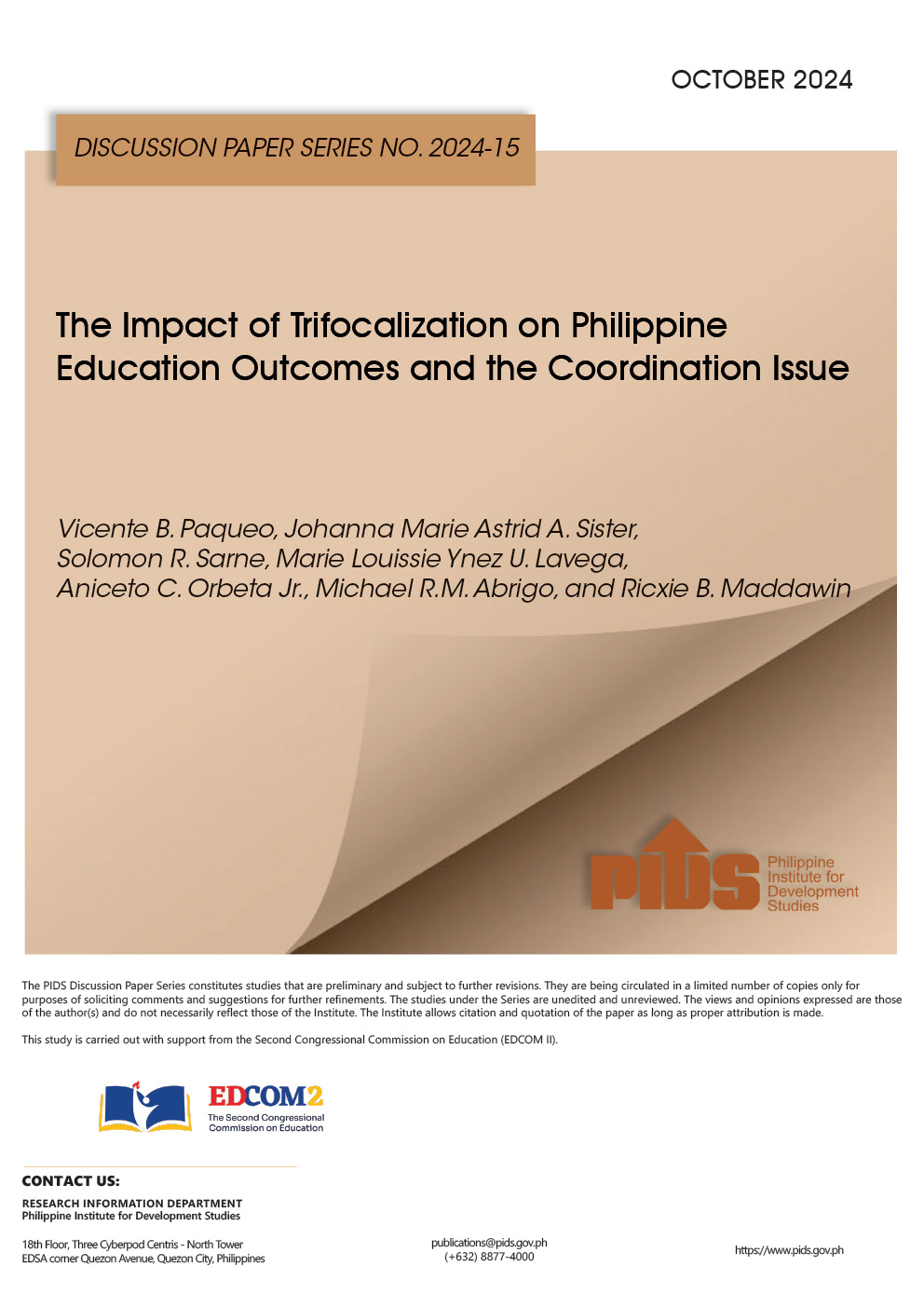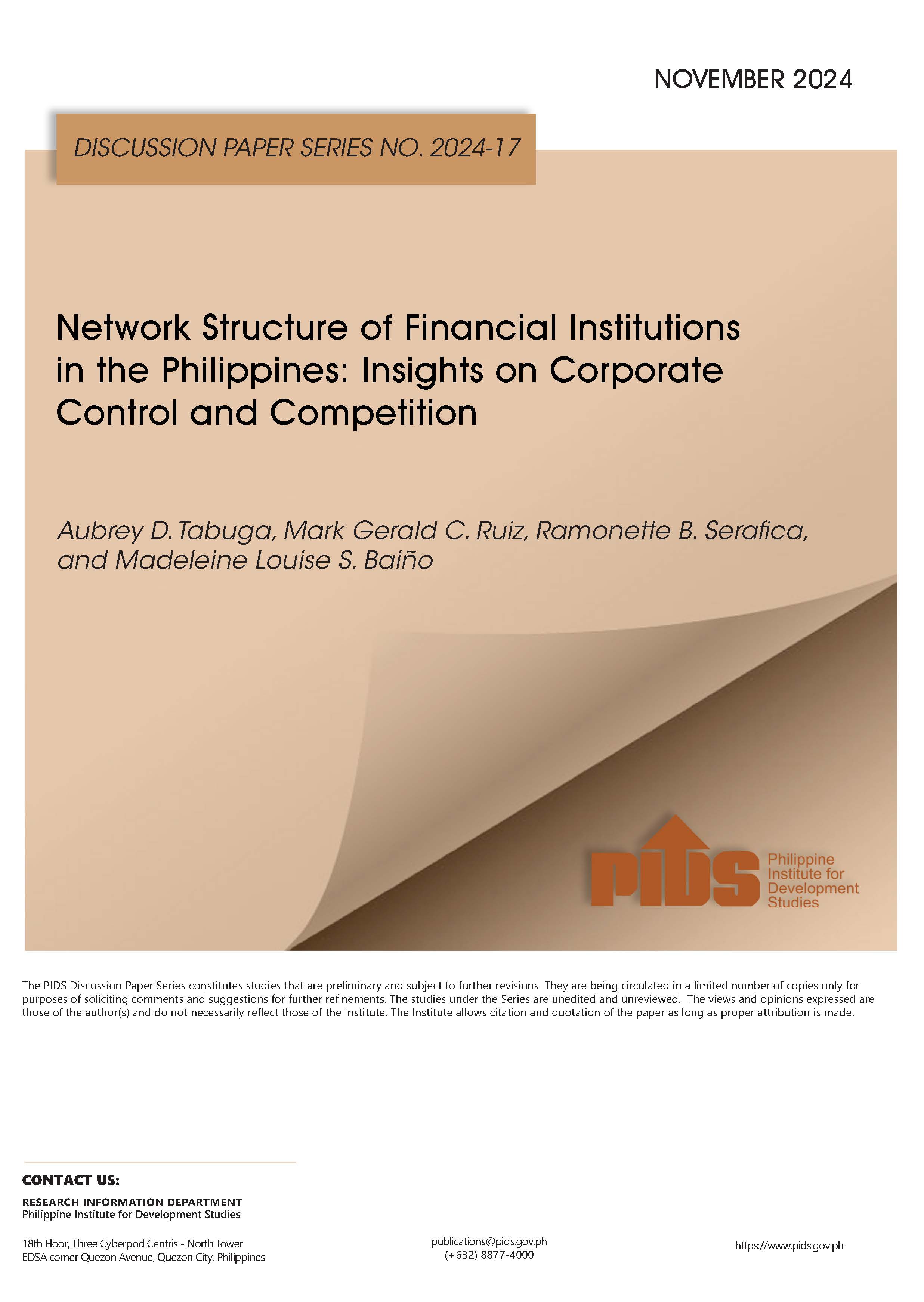On May 1, Filipino laborers will once again aim to bring to the forefront the issues affecting them, such as fair pay and labor export policies.
The struggle for fair labor practices in the Philippines dates back to the pre-war period, when strikes and demonstrations were met with swift action from the American military government. (READ: PH Labor Day: A history of struggle)
But how is the labor sector doing in the Philippines today? Here's what you need to know:
1. The employment rate stands at 94.7% as of January 2018.
Latest data from the Philippine Statistics Authority (PSA) show there are 43,731,888 Filipinos in the labor force – or the "population of 15 years old and over who contribute to the production of goods and services" in the country. This includes both the employed and unemployed.
As of January 2018, the PSA pegs the employment rate at 94.7% – lower than October 2017's 95%, but higher than January 2017's 93.4%.
In the past 8 years, an upward trend has been evident in the employment rate, save for January 2014 and January 2017.
Underemployment, meanwhile, is at 18% as of January 2018.
The PSA defines underemployment as "those employed persons who express the desire to have additional hours of work in their present job, or to have an additional job, or have a new job with longer working hours."
2. Around 1/4 have 'elementary occupations'.
At least 25.6% of employed Filipinos are classified as having "elementary occupations".
According to the PSA, work under this group involves "simple and routine tasks which may require the use of handheld tools and considerable physical effort."
Meanwhile, 13.5% are skilled agricultural, forestry, and fishing workers, and 5.3% are service and sales workers.
Around 62.3% of employed Filipinos are wage and salary workers – or those who work for private households, establishments, family businesses, government, and government-controlled corporations.
At least 27.9% are self-employed individuals, while unpaid family workers make up 6%.
3. Most employed Filipinos are males, from the millennial age group.
More than half of employed Filipinos are male, according to data from the PSA, with 25,573,084 or 61.6%. Females, on the other hand, make up 38.4% or 783,317 out of the total number of employed Filipinos.
Around 26.9% of the employed belong to the age range of 25 to 34 years old.
PSA data also showed that the retirement age of 60 is not entirely true for some. At least 4.2% of the labor force are 65 years old and above.
4. The 'unprotected' informal sector thrives.
The informal sector is huge in the Philippines. The latest Labor Force Survey puts the number of informal sector workers at 15.6 million, or 38% of the country's total working population. (READ: FAST FACTS: What you need to know about PH's informal sector workers)
The Philippine Institute for Development Studies (PIDS) defines the informal economy as a "diversified set of economic activities, enterprises, jobs, and workers that are not regulated or protected by the state."
The International Labor Organization (ILO), meanwhile, refers to informal economy workers as "independent, self-employed, small-scale producers and distributors of goods and services."
Workers belonging to this category include ambulant vendors, domestic helpers, tricycle drivers, and unpaid family workers, among others.
According to the Philippine Commission on Women (PCW), individuals who are without any livelihood take part in the informal economy due to the "relative ease of entry and low requirements for education, skills, technology, and capital."
But the problem with such an informal setting is that workers are often not covered by labor laws and standards, making them vulnerable to abuse. They also typically lack social protection such as those provided by the Social Security System and Philippine Health Insurance Corporation or PhilHealth.












